S Fotheringham, Peter Rogerson0748401032, 9780748401031
Table of contents :
Book Cover……Page 1
Half-Title……Page 2
Title……Page 4
Copyright……Page 5
Contents……Page 6
Contributors……Page 7
Acknowledgements……Page 8
Dedication……Page 9
History of the NCGIA initiative on GIS and spatial analysis……Page 10
GIS and spatial analysis……Page 11
Summary……Page 14
References……Page 15
PART I Integrating GIS and spatial analysis: an overview of the issues……Page 16
Introduction……Page 17
Potentially useful statistical spatial analysis techniques in relation to GIS……Page 18
Potential benefits and progress in linking statistical spatial analysis and GIS……Page 21
Progress……Page 22
Nearest neighbour methods and K-functions……Page 23
Kernel and Bayesian smoothing methods……Page 24
Spatial autocorrelation and covariance structure……Page 25
Geostatistical and spatial econometric modelling……Page 26
Spatial general linear modelling……Page 27
Spatial interaction models……Page 28
Summary……Page 29
Conclusions……Page 30
References……Page 31
Introduction……Page 35
Geographic Information Systems……Page 36
Intra-urban cancer mortality……Page 37
The conduct of SDA……Page 39
Requirements for SDA……Page 41
Type [A] operations……Page 43
Type [B] operations……Page 44
Notes……Page 45
References……Page 46
Innovations in spatial statistics and GIS applications……Page 47
A model for space-time data analysis……Page 48
Lines and flows: spatial interaction……Page 50
Spatial situation vs. spatial site……Page 51
Geometric pattern analysis……Page 52
Appendix……Page 53
References……Page 54
PART II Methods of spatial analysis and linkages to GIS……Page 56
Exploring GIS databases……Page 57
3.1. Understanding the problem……Page 58
Exploring the three principal GIS data spaces……Page 59
A high degree of automation is desirable……Page 60
Origins……Page 61
A basic STAM/1 algorithm……Page 62
Pattern seeking artificial creatures……Page 63
An algorithm for creating a basic space-time-attribute creature (STAC/1)……Page 64
A crime pattern analysis problem……Page 65
STAC results……Page 66
Conclusions……Page 68
References……Page 69
GIS and spatial data……Page 70
Trend……Page 71
Examples using pixel data……Page 72
Region I: a relatively homogeneous area……Page 73
Conclusion……Page 74
References……Page 81
Terms and notation……Page 82
Areal weighting……Page 83
Areal interpolation using ancillary data……Page 84
The Poisson and binomial cases……Page 85
The normal case……Page 86
Operationalizing the method in GIS……Page 87
The Poisson case……Page 88
The continuous case……Page 90
Results……Page 92
Control zones……Page 95
Difficulties in using intelligent areal interpolation methods……Page 96
Acknowledgements……Page 97
References……Page 98
Analytical limitations of existing GIS……Page 99
Existing approaches to linking spatial analysis and GIS……Page 100
Geographical epidemiology using spatial point process methods……Page 101
Modelling raised incidence of events around point sources……Page 102
Spatial point process modelling within a statistical programming environment……Page 104
Conclusions and further research……Page 106
References……Page 107
Object oriented programming concepts and terms……Page 110
Generic LP classes and core code……Page 113
A transportation example—part 1……Page 114
A transportation example—Part 2……Page 116
An example……Page 117
Some generalizations……Page 120
Appendix: the cost minimization model in TRAILMAN……Page 121
References……Page 123
PART III GIS and spatial analysis: applications……Page 124
Introduction: spatial analysis and GIS……Page 125
Modelling in GIS environments……Page 126
Archetypical modelling problems: population density……Page 128
Integrating diverse software modules……Page 130
Applications to the Buffalo metropolitan region……Page 134
Running the software for the Buffalo region……Page 135
Conclusions: the ongoing research program……Page 137
Acknowledgement……Page 138
References……Page 140
Introduction……Page 144
Existing redistricting algorithms……Page 145
The contiguity problem……Page 147
Contiguity checks……Page 148
2.5. Other redistricting criteria……Page 150
Simulated annealing……Page 151
The ANNEAL redistricting algorithm……Page 152
The TransCAD-ANNEAL system……Page 153
Execution of procedures in TransCAD……Page 154
Creating the command directive files……Page 156
Using the TransCAD-ANNEAL package……Page 157
Improvements……Page 158
References……Page 159
Introduction……Page 160
A surface model……Page 161
Conclusions……Page 163
References……Page 164
The anatomy of the council tax……Page 168
The Cardiff case study……Page 169
The sensitivity analysis……Page 173
Conclusions……Page 174
Notes……Page 176
References……Page 177
Index……Page 178
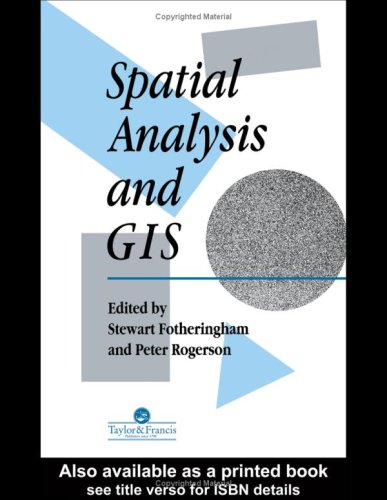
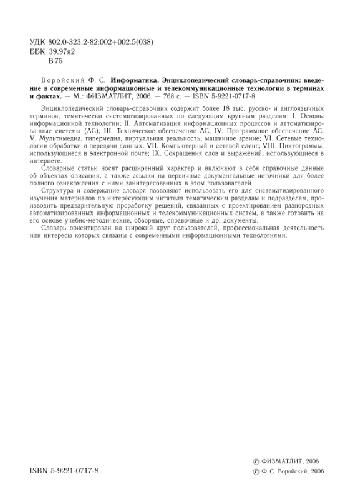



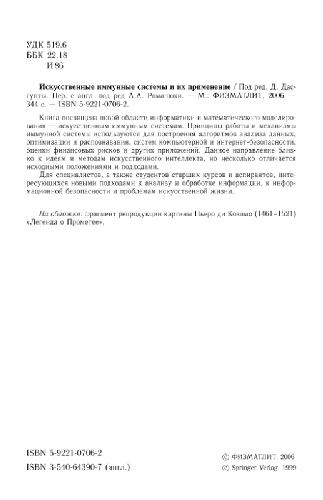
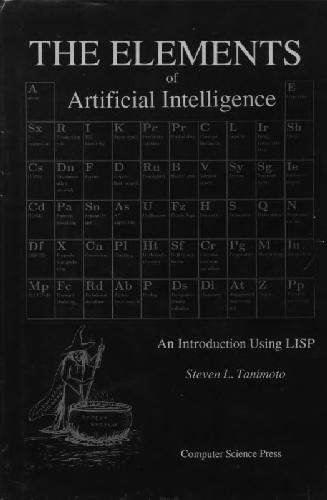

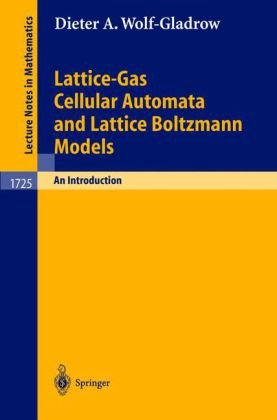

Reviews
There are no reviews yet.